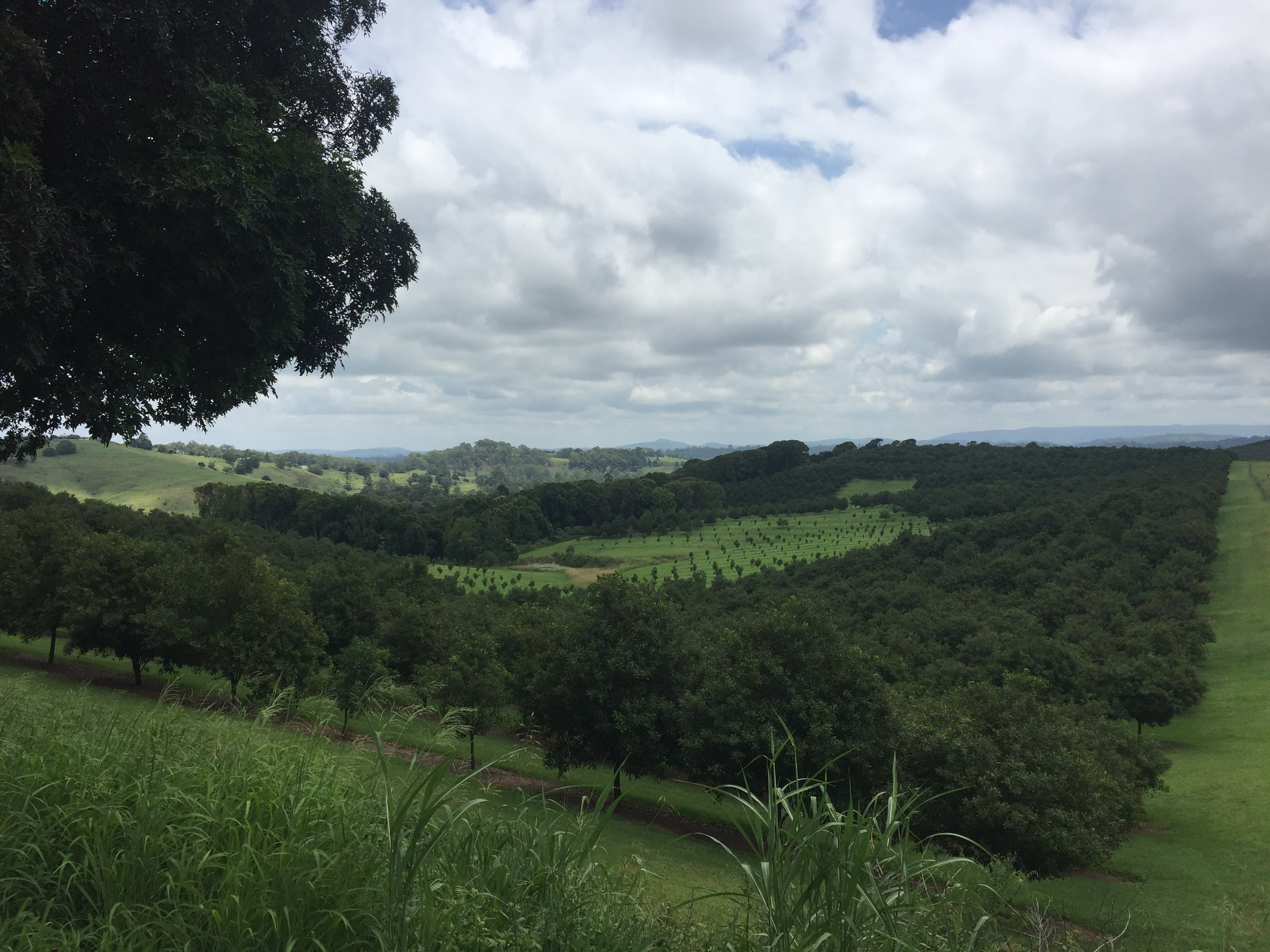
Keep building up a systematic way of looking at the world, at agronomy and chemistry, you see structures built up. Things keep exploding in their complexity. What should we talk about? Food systems. Orchards. Let’s get in them for a brief moment.
Orchards are dedicated agricultural lands where fruit trees are grown for their economic and ecological value. Fruit trees have been an important part of human agriculture for thousands of years, with evidence of orchards dating back to ancient civilizations in Asia and Europe. Today, orchards are still an important source of food and income for people around the world, and they provide a wide range of benefits, from supporting biodiversity to providing habitat for wildlife.
Orchards are comprised of a variety of fruit trees, including apples, peaches, cherries, pears, and more. The trees are typically grown in rows and are spaced apart in a way that allows for maximum sunlight exposure, which is critical for good fruit production. Each species of fruit tree has its own unique growth habits and characteristics, and it is important to select the right trees for the right environment in order to get the best results.
The history of orcharding dates back to ancient times, when fruit trees were grown for both their food and ornamental value. For example, the ancient Egyptians grew date palms for both food and aesthetic purposes, and the Romans cultivated fruit trees in their gardens for both food and shade. In medieval Europe, monasteries and manors often had extensive orchards, and fruit tree cultivation became more widespread during the Renaissance, when it was seen as a symbol of wealth and sophistication.
Today, orchards are managed for their economic value, and the main management activities involved with running an orchard enterprise include planting and maintaining trees, pruning and training, pest and disease management, and harvesting and marketing the fruit. Pruning and training are critical for the overall health of the trees and for maintaining the shape and structure of the orchard, while pest and disease management is essential for maintaining the health of the fruit trees and preventing crop losses.
There are many benefits and limitations of farming tree crops compared to other forms of farming. One of the main benefits of orcharding is the relatively low labor intensity, as fruit trees can be grown for many years with only minimal maintenance. Another benefit is the high value of the fruit, which can command a premium price in the marketplace, especially for organic and specialty fruits.
However, there are also some limitations to orcharding. One of the main limitations is the long wait for a return on investment, as fruit trees can take several years to mature and begin producing fruit. Additionally, orchards can be vulnerable to weather events such as frost, drought, and hail, which can damage or destroy the crops. Another limitation is that fruit trees can be susceptible to pests and diseases, which can lead to crop losses and reduced yields.
Despite these limitations, orchards continue to play an important role in agriculture and the food supply, and they are an important source of fresh, healthy food for people around the world. Whether you are looking to start a small orchard for personal use or a large commercial operation, it is important to understand the basics of orchard management, including the selection of fruit trees, the care and maintenance of the trees, and the management of pests and diseases. With the right knowledge and resources, anyone can successfully grow and manage an orchard, and enjoy the many benefits that it provides.